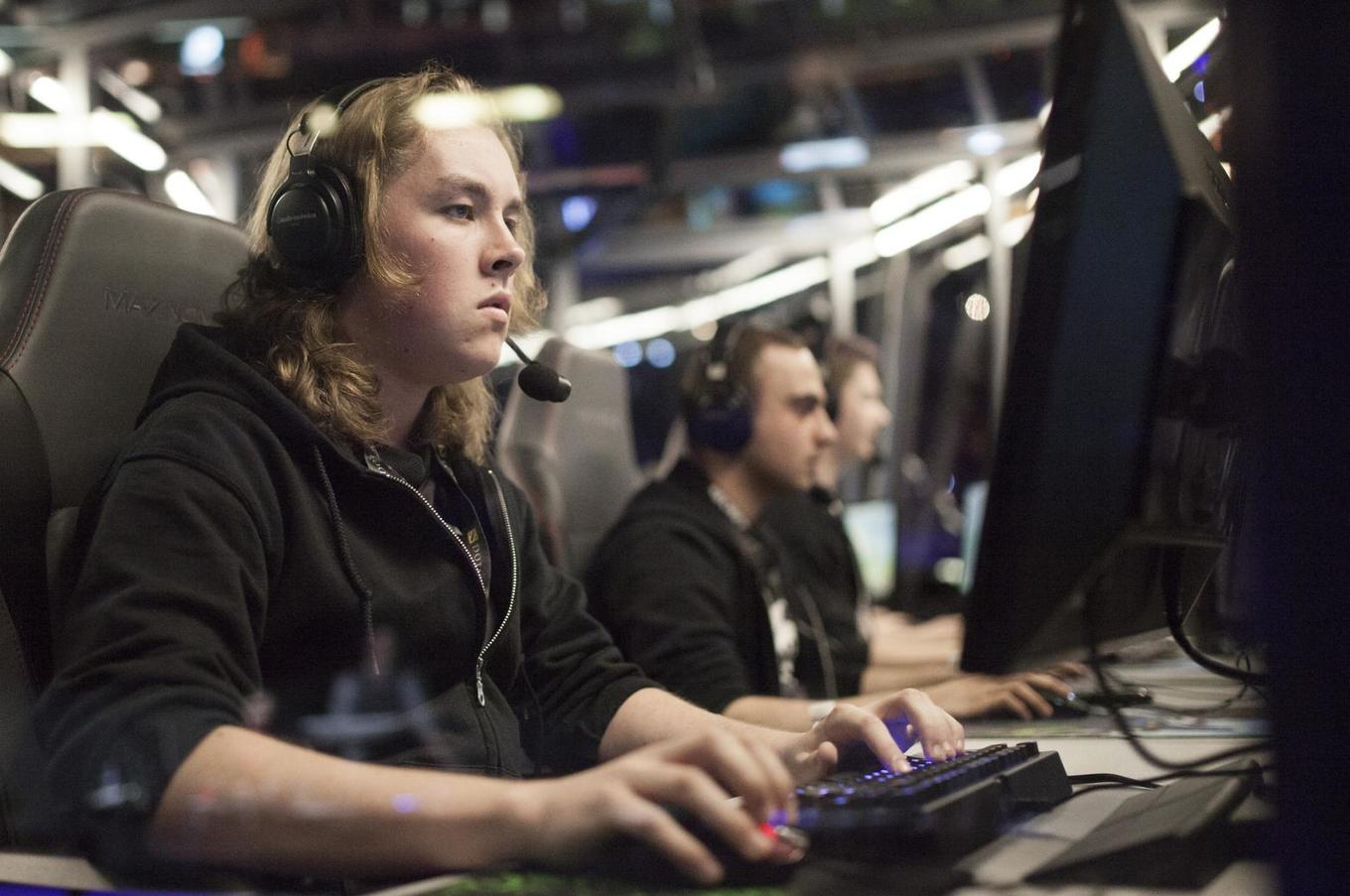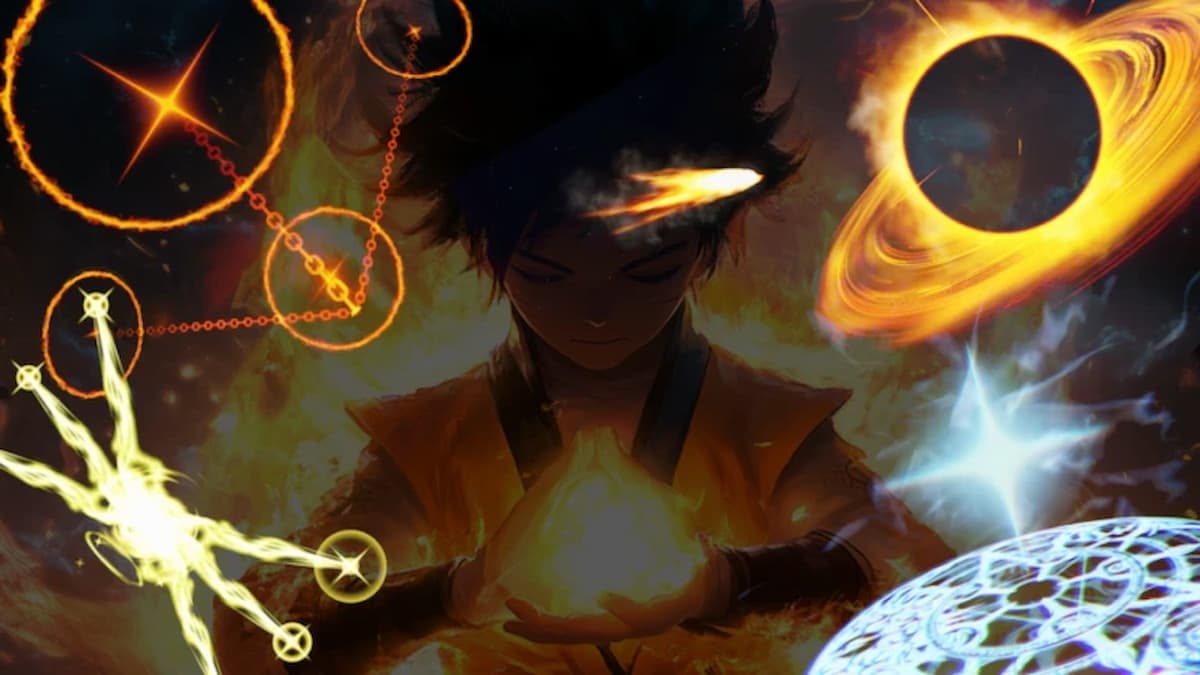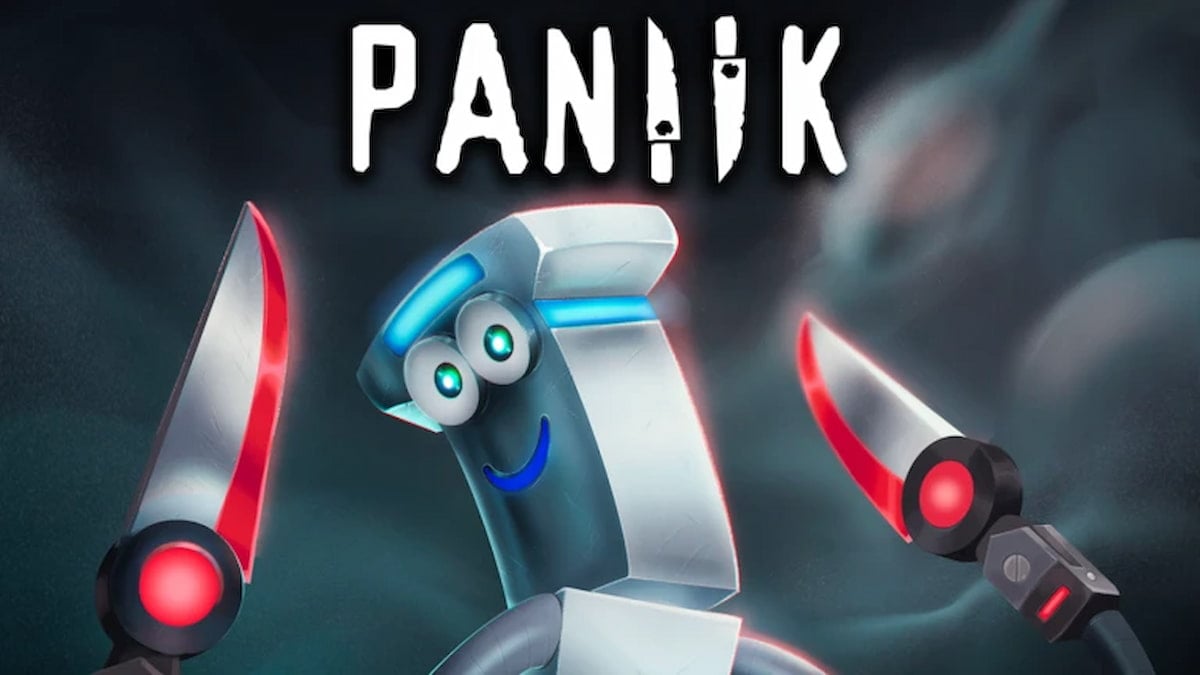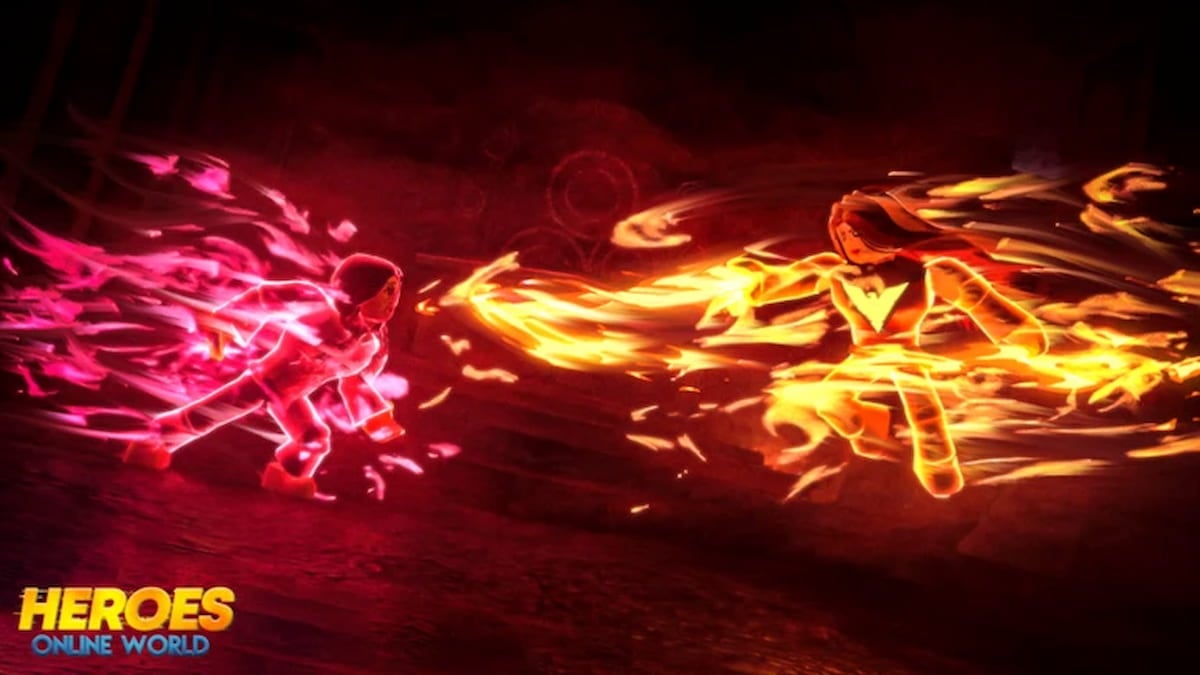The nature of the positions of LoL has always changed with the seasons. The position of mid was once specifically called AP mid or AP carry, and before even that, there was no fixed idea of what a mid-lane champion should be. Once, jungling was merely considered a supporting role, with the jungle camps belonging to the mid-laner. And once, the support role itself was the lowest position imaginable, considered heal-bots or shield-bots for the infinitely more important carries.
Two players decided that time was right for the biggest innovation the role has ever seen. Like the Newton and Leibniz of League of Legends, they simultaneously (and largely independently) developed support into what it is today. The emergence of new generation supports like Mata, now considered the best to have ever played the role, has done much to take the spotlight from older supports. The names Edward “Edward” Abgarian and Hong “MadLife” Min-gi, however, will be remembered for as long as Blitzcrank has a hook and Thresh has a lantern.
A Role Without Merit or Money
You have to remember that the support role was once utterly starved of gold. Sure, there were gold generation items, like Heart of Gold, but passive gold income was lower. In periods, supports even used gold/10 quintessences just to scrape enough gold together for basic items. Also, warding was unlimited. If they wanted (in reality they were sometimes required), supports could spend all their gold on warding. Full items were a luxury.
While being a relatively modern example, in the semi-final of the Season 3 World Championship between Fnatic and Royal Club, Chinese support player Tabe was so starved of gold, he ended a 32 minute game with Boots of Speed. No other items. That means he spent well over three thousand gold on wards. And, compared to previous seasons, this match was even played on a patch that had higher passive gold income and Sightstones.
But even more importantly, Season 1 of League of Legends, which had cemented the initial bot-lane structure of AD & Support, had favoured the AD carry as the playmaking role of the bot lane. Supports, typically Janna or Soraka, were there to negate the damage caused by the AD carries mutual trades. Supports was thus both without gold and without recognition.
It was this impoverished and bleak world of supporting, that MadLife and Edward stepped out of.
Aggression by Necessity
So, at first, when I was playing AD, Genja was really passive. He was not taking care of the enemy, he was only farming, and Edward was the guy harassing, controlling the lane. And I was really fustrated because I said, why is my support not doing the same?
– Yellowstar, Reflections #5
Edward, known at that time as GoSu Pepper, played in the legendary Russian squad Moscow 5. His AD carry, Genja, was quite possibly one of the safest and most passive players of the role. He would never participate in any but the safest of trades and fights. To compensate, or perhaps out of frustration, Edward rejected this style completely. His mentality was one diametrically opposed to Genja’s, one of constant harassing, roaming and playmaking. If Genja was unwilling to express his ownership over the lane, Edward certainly was. Edward played as if he owned the bottom lane in its entirety.
Again, one have to remember the state of early Season 2 supports. Champions like Thresh did not exist, and Leona was just about to be released. Edward was performing his aggressive style of control on champions like Sona, his favourite support at the time.
Instead of simply staying back, Edward would often dart back and forth erratically, going in and out of spell range, making the opposing bot lane increasingly nervous. While it was a common technique even at that time, Edward’s mastery of it was without equal.
When other European supports, nRated and Krepo, started gaining notoriety for aggressive play on champions like Leona, Edward proved the difficulty of beating someone at his own game. On his Sona, he would punish misplayed aggression like no other, turning a mistake by the enemy bot-lane into kills. His impromptu Nunu technique, charging the ultimate while standing in a bush, quickly became one of the most iconic moves ever.
No one has ever done that!
Especially the first one, I got completely stomped to the ground, just because their support and their jungle would camp me middle. It was the first time to ever experience such a hard camp.
– Scarra, Grilled #40
But Edward’s exploits did not limit themselves to the bottom lane itself. In a famous game against Dignitas, Edward on Alistar would simply leave a blue-buffed Genja behind to make plays on the map. After doing a successful invade on Dignitas red buff with Diamond, he flashed over the wraith camp wall to knockback and kill the Dignitas mid-laner Scarra. He, and the rest Moscow 5, did things with the support role that shocked an entire generation of players.
When Thresh showed up in Season 3, there was an unofficial scramble to be recognised as the first true master of the champion in Europe. At the end of the split, Edward was almost universally recognised as the sole victor, thereafter styling himself as the Thresh Prince and later as the Thresh King. It was as if Riot had finally delivered a champion that was worthy of Edwards playstyle. At that point, he embraced the playmaking role fully.
In fact, he might have been the best Thresh player in the world at that point. Well, if not for a certain Korean support whose very plays transcended the realm of Princes and Kings.
MadLife is God
He seems to know the limits of champions, like, he does things with champion that I didn’t even know was possible. And so, he always knows that precise limit of what a champions can do in a particular circumstance, and then he hits that limit and doesn’t die or doesn’t screw up.
– MonteCristo, Grilled #62
At one point, MadLife was seen as such a strong player that it was difficult to imagine anyone ever surpassing him. In addition to being the strongest support by a large margin, he was arguably the best player outright.
MadLife played for Maximum Impact Gaming Frost, later Azubu Frost, and today, CJ Frost. For spectators who weren’t around at the time when MadLife peaked, his legend and impact on the game cannot be overstated. A playmaking support if ever there was one, MadLife would use the abilities of champions like Alistar, Blitzcrank and even the ultimate of Janna, to exert complete control of the battlefield. Unlike the relationship between Edward and Genja, MadLife’s initial laning partner Locodoco was highly aggressive in lane. His later partner Woong less so, but MadLife always found a way to to make his style of play work.
In the fifth game between CLG.eu and Azubu Frost in the OGN 2012 Finals, MadLife on Alistar would man-to-man mark CLG’s mid-laner Froggen as if it was a game of football. Froggen, who himself had played an incredible tournament, was by far the biggest threat on CLG.eu, and another candidate for best player in the world. In recognition of this, MadLife picked Alistar not only to make flashy initiations, but to completely shut down one of the greatest teamfighting mid-laners of all time. He was ultimately successful, with Frost winning the series 3-2.
Father of Grabs and Hooks
“How does he hit every single one?! How is that possible?”
DoA, OGN Summer 2013
Today, MadLife is most fondly remembered for his record on the champions Thresh and Blitzcrank. His ability to catch enemy champions by predicting their movement was completely unique at the time. Though other supports soon began to mimic his technique, it was never as genuine as when MadLife did it.
In an almost gimmicky way, they would only copy the mechanical operation, but never fully understand the thought process behind it. When MadLife did it, however, it was as if he was inside his opponents head, toying with them. All while maintaining his stoic countenance.
In what appears as moments of simultaneous insanity and ingenuity, MadLife would often throw out his hook at seemingly wild angles, yet somehow still managing to catch people. The act of predicting dashes while aiming the hook at the end point of the dash, was eventually known as simply ‘the MadLife’.
Final Remarks
There are two eras of supporting. Before Edward & MadLife and post Edward & MadLife. With limited resources and little recognition, they found ways to maximise their impact on the game. Not accepting passivity, they would enchant the world by their endless lust for making big plays.
Today, supports have more options than ever. More wealth than ever. With each season, Riot develops new interesting support concepts, which in turn increases the depth of the role, and adds new ways for supports to impact the game.
Though it would be a great shame if we were to forget the people who invented playmaking itself.







Published: Dec 30, 2014 01:55 pm